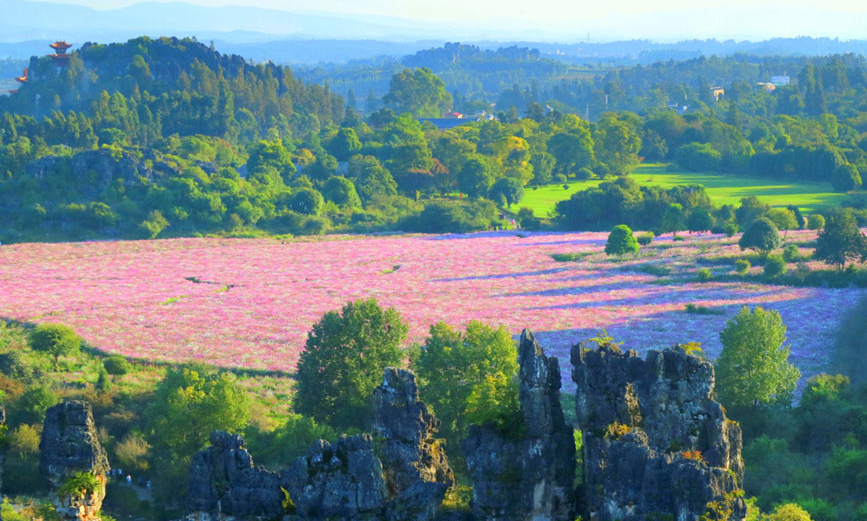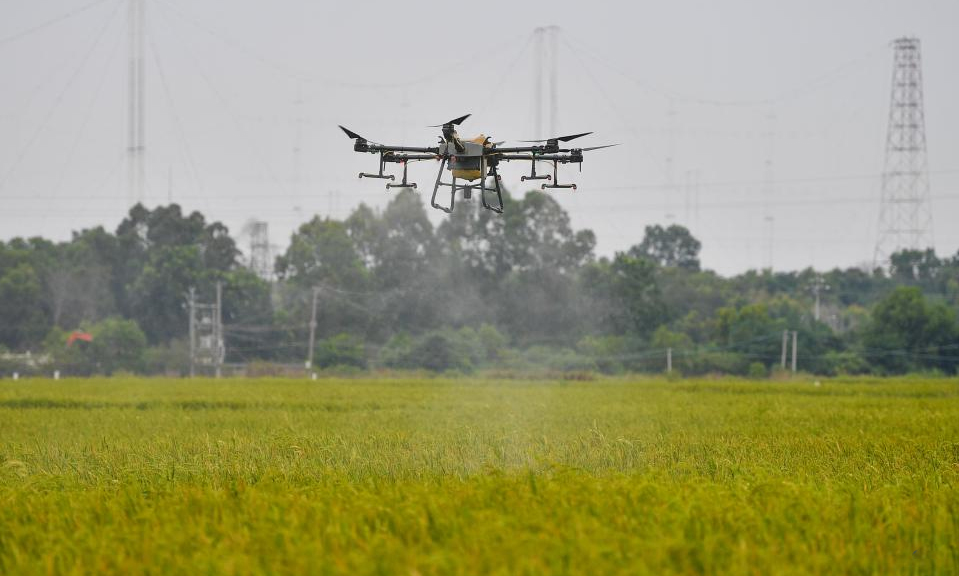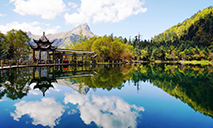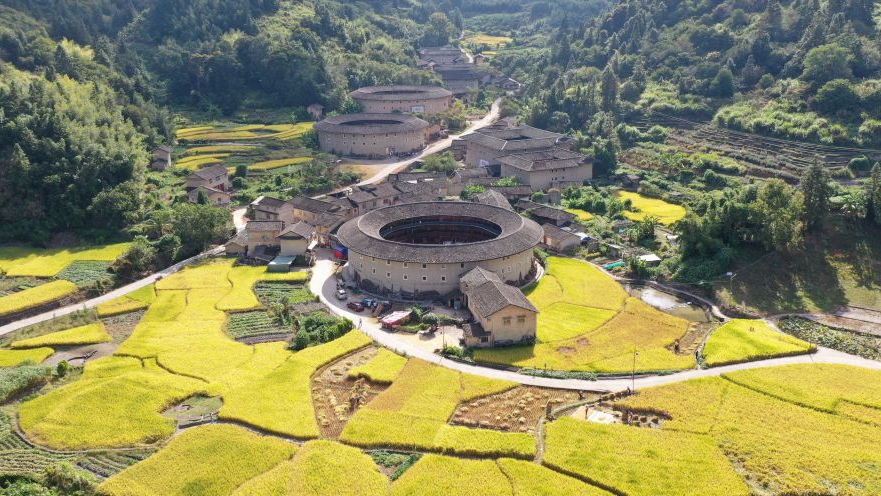Forbidden City eyes stronger ties with Taipei peer
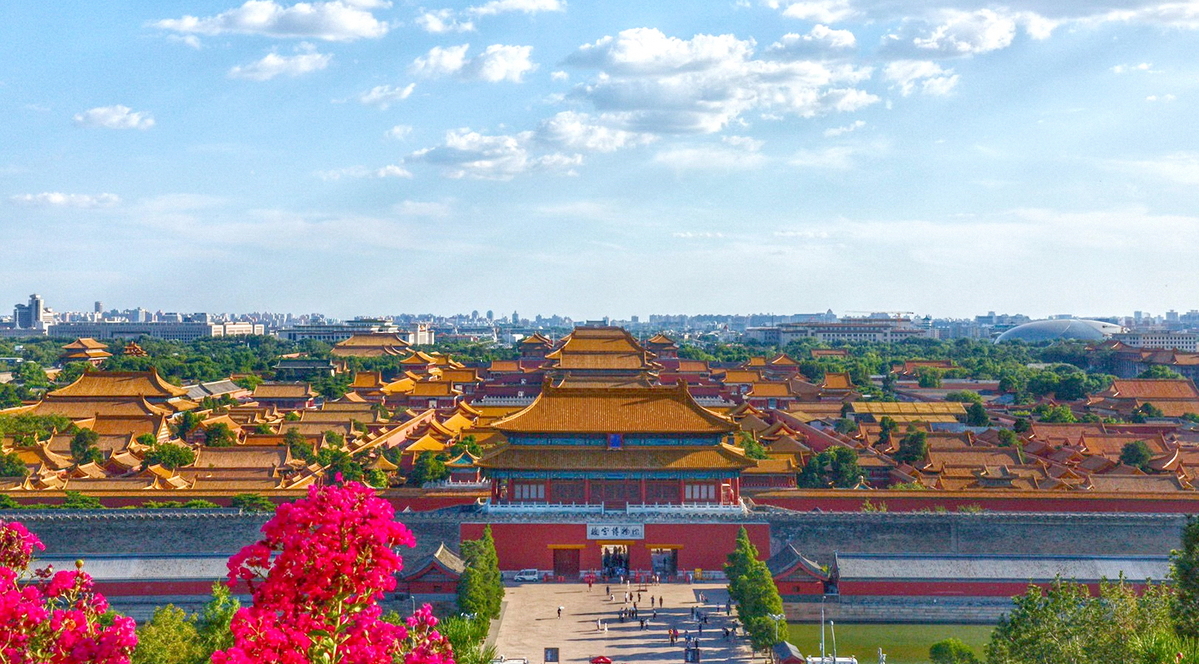
A view of the Forbidden City, or the Palace Museum, from Jingshan Park, which is north of the structure, in Beijing on Sept 10, 2020. [Photo by Jiang Dong/China Daily]
The Palace Museum in Beijing hopes to hold a joint exhibition with its counterpart in Taipei at the newly opened Hong Kong Palace Museum in the future, said Wang Xudong, director of the museum, which is also known as the Forbidden City, at a news conference on Thursday.
"We are one family bound by blood and share the same roots. Why don't we have more communication and cultural exchanges?" Wang said to journalists from home and abroad attending a news conference in Beijing during the 20th National Congress of the Communist Party of China.
After the civil war in the late 1940s, some of the art collections from Beijing's Forbidden City were transported to Taiwan and housed at the Palace Museum in Taipei built in 1962. A delegate to the congress, Wang said he wishes the two palace museums can "talk with each other" and cooperate on academic research and relic protections in the future.
"Only if we talk with each other can we have the chance to realize future cooperation. The Palace Museum welcomes all the possibilities to work with its counterpart in Taipei," Wang said.
The museum director called for a joint show with the Taipei museum. Wang said a suitable venue may be Hong Kong's palace museum, which opened to the public in July, a milestone cross-boundary cultural collaboration between the cities of Beijing and Hong Kong.
"It's my sincere wish that the three palace museums in Beijing, Taipei and Hong Kong can curate together on exhibitions to show Chinese culture," he said. Before COVID-19 disruptions, the two palace museums in Beijing and Taipei carried out many cultural exchanges, such as joint shows and academic sessions.
Icebreaking exchanges between the two museums started in 2009 when their then directors visited each other. A joint show — Harmony and Integrity: The Yongzheng Emperor and His Times — was held in Taipei that year. Later, the masterpiece ink painting Dwelling in the Fuchun Mountains, parts of which were collected by the two museums, was exhibited together in Taipei in 2011.
Wang said he visited Taipei's Palace Museum twice as director of the Dunhuang Academy in Gansu province, but he has not had the chance to visit it again since he took up his role heading the Palace Museum in Beijing in 2019.
"I'm looking forward to visiting again and sincerely invite them to visit us," Wang said.
Wang worked at the Dunhuang Academy from 1991 to 2019. The academy focuses on studies and preservation of the Mogao Caves, which houses fine Buddhist art and is known for its exquisite murals and Buddha statues.
Photos
Related Stories
Copyright © 2022 People's Daily Online. All Rights Reserved.






